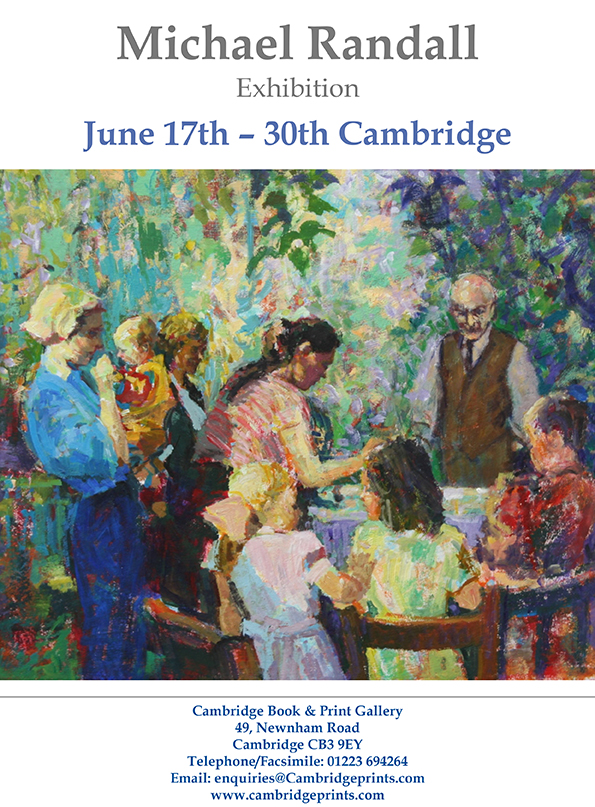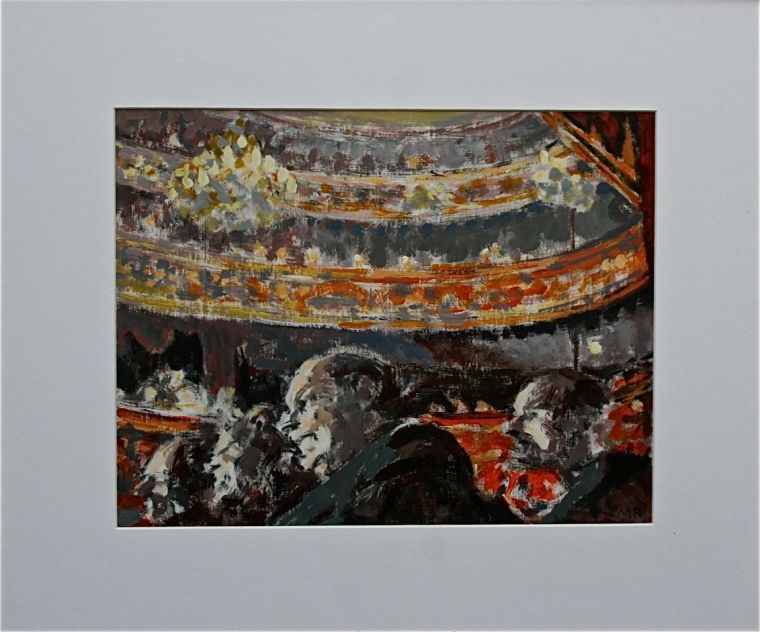It’s recently been pointed out to me that this previously mysterious painting Father and Sons is based on an August Sander photograph, The Widower, made in 1914. I had no idea about the story behind this painting so I appreciated learning of the connection.
Michael often used historic photos as inspiration. There are boxes and boxes of such sources in the studio collection and he had visited an exhibition of Sander’s work at the National Portrait Gallery in London in 1997: August Sander: ‘In photography there are no unexplained shadows!’ and bought the accompanying catalogue. Images like this one captivated Michael’s interest, it doesn’t give up its story very easily until you dig beneath the surface, and of course it’s an image that many people relate to.











